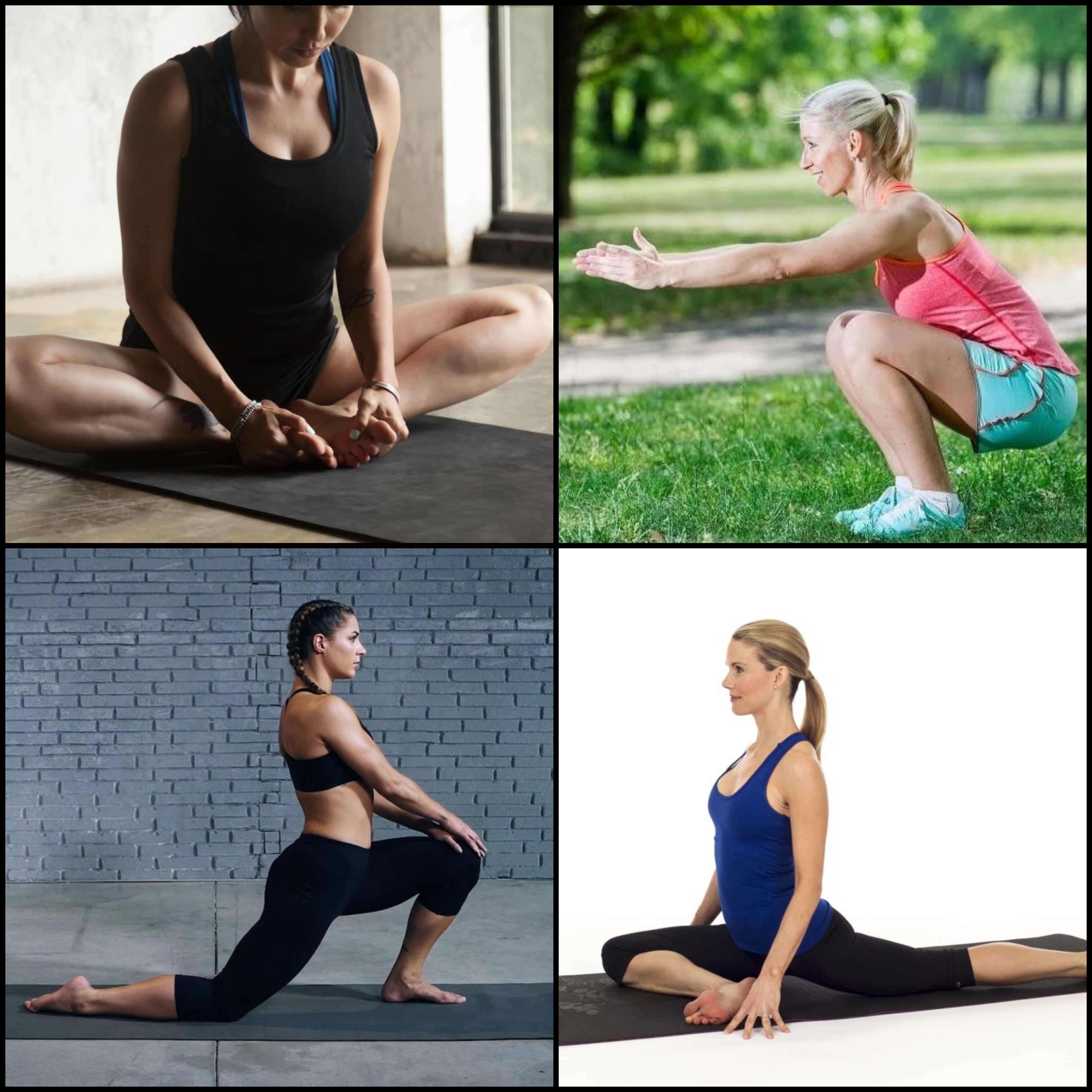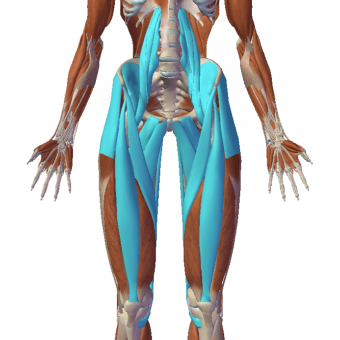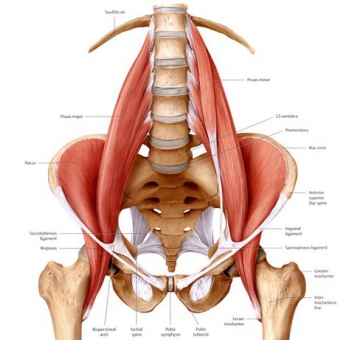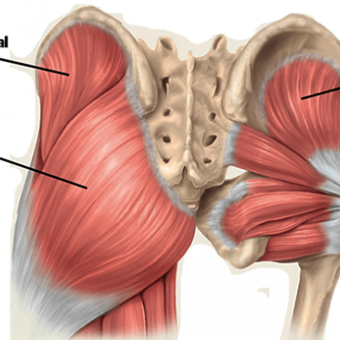How to get rid of stiff hip muscles?
Perhaps each of us has sometimes had muscles in the area of the hip joint. However, only few people think deep down what the cause of the problem is. Usually, we tend to attribute this to fatigue, aging or the consequences of some injury and the like. These aspects have a significant impact on our health, can`t blame everything on them. Much more important is our lifestyle, the amount of exercise and whether we exercise regularly. In the following article, we will explain why these muscles actually stiffen, what they are, and in the end, we will give you some tips on how to prevent the unpleasant pain.
From an anatomical point of view, the hip is the part of the body in which the leg joins the torso.
And since the human locomotor system consists of a musculoskeletal and muscular system, we will focus on the second mentioned later on. The muscles of the hip joint include the buttock muscles, the lumbar and thigh muscles, the small pear-shaped muscle and the thigh ligament.
Why do these parts solidify?
The above-mentioned muscles have a strong tendency to shorten because we use it literally every step of the way. Logically, more there is more pressure on the muscles during running. The result is that the next day we have hip pain or lower back pain. Another hallmark of runners is also that they kind of “sit” in their running style and they cannot stretch their leg in the rebound phase. We can say that the stiffened area of the pelvis and the generally shortened hip flexors make it impossible to run or exercise properly, moreover, accompanied by unwanted pain. Naturally, we tend to avoid it, which puts us at various muscle imbalances - we have a bad pelvic tilt, bent hips, so it's only a matter of time before it takes us out of training altogether.
How do we know if we have hip flexors shortened?
Try the following diagnostic exercise: Lie on a raised mat with your buttocks at its edge and pull both legs bent as close to your chest as possible. Then slowly lower one leg. It is important that the hips and pelvis are pressed together. If the thigh is pointing obliquely upwards, or the angle between it and the lower leg is greater than 90 degrees, this is a signal for you to start stretching.

Exercises for stretching the muscles of the hip joint
There are, of course, more suitable and, above all, effective exercises. We have selected the following five for you, which even a complete beginner can handle. Keep in mind, however, that we always stretch only into mild muscle tension, never into pain!
- Leaning forward in the Turkish sit
- Deep squat
- Stretching while kneeling
- Pigeon position



























